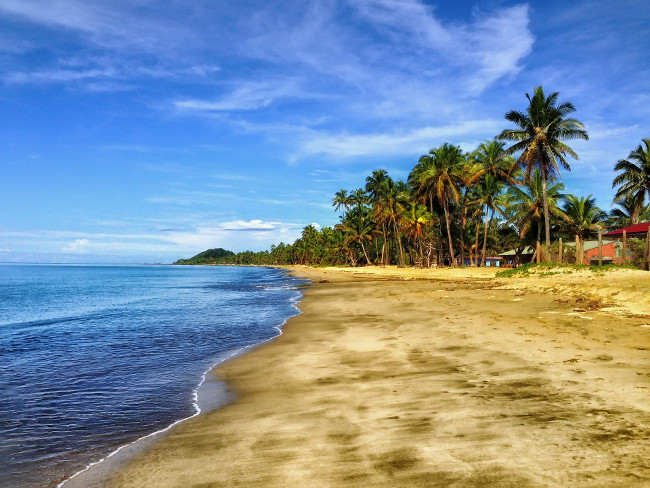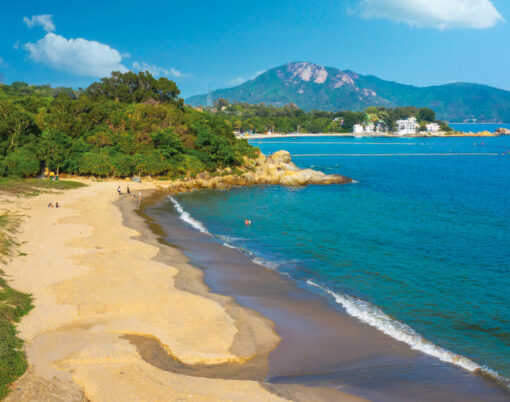Many of us plan and anticipate for months before a holiday in an exotic location. Sadly, between 20-50 percent of travellers from industrialized countries will develop travellers’ diarrhoea while they are away. Luckily those of us who love to travel, many cases can be avoided with some simple precautions and taking travellers’ diarrhoea medication with you on your trip can limit your suffering if you are afflicted. Here’s how you can avoid spending your holiday in the lavatory instead of having fun.
Travellers’ diarrhoea typically strikes within the first week of travel and 90 percent of the cases begin in the first two weeks of a journey. This might be great news for those on an extended trip but, for many people, even a few days of being under the weather is a large portion of their holiday.
Most cases will resolve themselves within 3 to 5 days but the illness will lead as many as 40% of affected travellers to modify their travel activities in some way. Around 20 percent of them will be bed bound for a day or two.

Prevention is Key
None of us want think about digestive unrest, much less when we are looking forward to a fabulous getaway. Still, it is important to plan ahead in order to keep your long-awaited trip from being ruined. Fortunately, there are easy steps you can take.
– Know the risks at your destination. High-risk regions are the developing countries in Africa, Asia, Latin America, and parts of the Middle East. Even areas of southern Europe, Israel, South Africa, Russia, and the Caribbean are considered to be of intermediate risk and the rest of the world has at least a low level of risk.
– Be mindful of the season. Rates of traveller’s diarrhoea are higher during the summer months and in rainy seasons. That means the warm tropical climates you seek for winter holidays might be in the midst of their high season for contaminated food and drinks.
– Eat and drink wisely. The highest risk foods are uncooked vegetables, unpeeled fresh fruit, and raw or undercooked meat and seafood. The safest drink options are bottled carbonated beverages, beer, wine, and boiled or treated water. Ice, tap water, and unpasteurized milk all have increased risks of infection.
– Homes and street vendors are more likely to serve contaminated food but it can happen anywhere, even at an expensive restaurant. It only takes a piece of produce not being washed properly or another similar oversight in food handling. It is important to remain cautious, where you are.
– Keep it clean. Bring anti-bacterial wipes or gels with you to use before eating or handling food. Be particularly vigilant with young children as they might be more likely to put their hands, toys, or other objects into their mouths.
– Have a back-up plan. In case your prevention efforts fail, bring travellers’ diarrhoea tablets with you on your trip. There are a couple of options that can reduce your symptoms and speed your recovering. These include anti-diarrhoeal tablets, antibiotics, and medications that can help keep you from becoming dehydrated.

When Prevention Fails
Travellers who take steps to protect themselves still have a chance of contracting travellers’ diarrhoea. This is defined as at least three unformed stools within a 24-hour period, in addition to at least one other symptom of gastrointestinal disease. These include nausea, vomiting, fever, abdominal pain or cramps, and urgency.
If you do become sick, the anti-diarrhoeal medications you brought with you could help reduce the duration and severity of the illness. Be sure to drink plenty of liquids and avoid becoming dehydrated. Dehydration can cause serious electrolyte imbalances, and even impairment of renal function.
Travellers’ diarrhoea can be caused by any number of different infectious agents including bacteria, viruses, and parasites. The most common cause, however, is E. Coli bacteria. People become sick after ingesting something that is contaminated with the bacteria. The bacteria will then attach themselves to the lining of the intestines. Once there, they release a toxin that causes diarrhoea and abdominal cramps. Antibiotics can be used to kill the bacteria. Without treatment, the infection usually clears up for most people in 3-5 days. For 8-15 percent of those affected, the symptoms last longer than a week. Two percent will develop chronic diarrhoea that last for one month or more.
Keep in mind some underlying medical conditions can make individuals more susceptible to illness while travelling. Overall health can also have a significant impact on the severity of the infection. Be sure to plan before your trip and, if needed, speak with your doctor before your trip. If you do get seriously ill while travelling, beyond the typical symptoms of travellers’ diarrhoea, be sure to check with a medical professional.






















